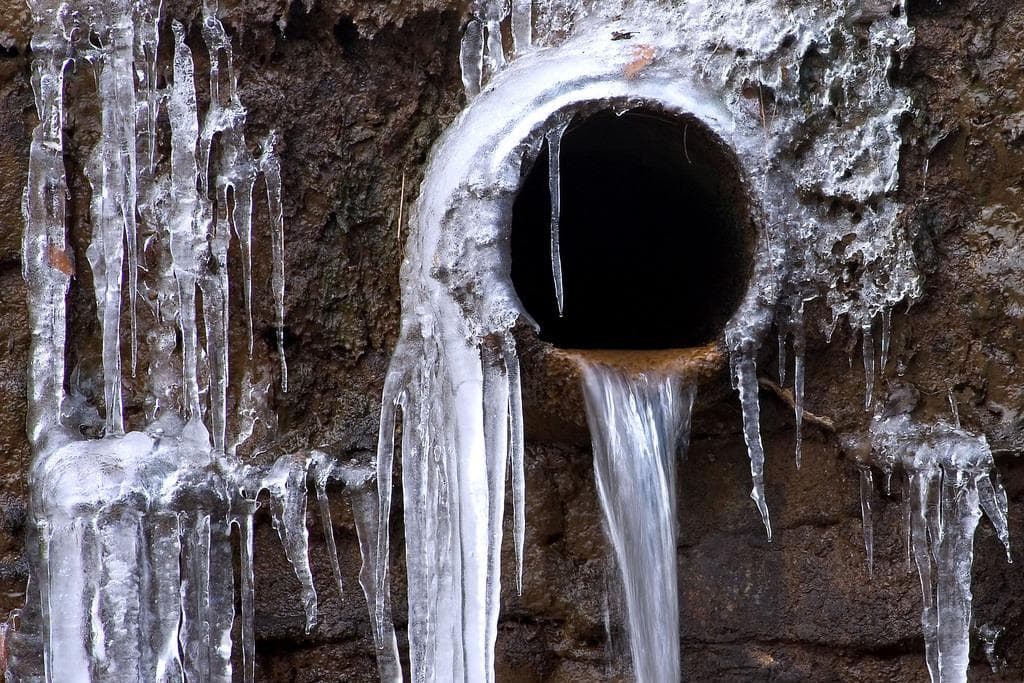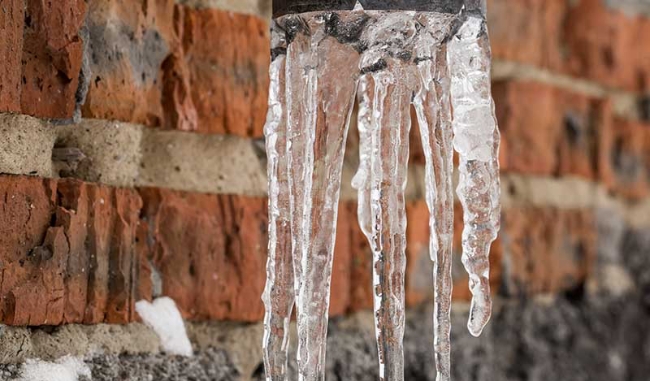Key Strategies for Preventing Frozen Pipes in Winter
Key Strategies for Preventing Frozen Pipes in Winter
Blog Article
Just about everyone seems to have his or her own way of thinking when it comes to Helpful Tips to Prevent Frozen Pipes this Winter.

Winter can damage your pipes, particularly by freezing pipes. Here's exactly how to prevent it from taking place and what to do if it does.
Intro
As temperatures decrease, the threat of icy pipelines rises, potentially resulting in expensive repair services and water damage. Comprehending exactly how to avoid frozen pipes is important for house owners in chilly climates.
Understanding Frozen Pipes
What causes pipes to ice up?
Pipelines freeze when exposed to temperature levels listed below 32 ° F (0 ° C) for prolonged periods. As water inside the pipelines ices up, it broadens, putting pressure on the pipeline wall surfaces and potentially creating them to rupture.
Risks and problems
Frozen pipes can bring about water system disruptions, property damage, and expensive fixings. Burst pipelines can flooding homes and cause considerable structural damage.
Indications of Frozen Pipeline
Identifying icy pipelines early can prevent them from breaking.
Exactly how to identify icy pipes
Look for reduced water flow from taps, unusual smells or noises from pipes, and noticeable frost on subjected pipes.
Avoidance Tips
Protecting at risk pipes
Wrap pipelines in insulation sleeves or use warm tape to shield them from freezing temperatures. Concentrate on pipes in unheated or outside locations of the home.
Heating techniques
Keep indoor rooms effectively warmed, particularly locations with pipes. Open up closet doors to permit cozy air to distribute around pipes under sinks.
Protecting Exterior Pipes
Yard hose pipes and outdoor taps
Disconnect and drain pipes yard hoses prior to wintertime. Install frost-proof faucets or cover outdoor faucets with shielded caps.
What to Do If Your Pipes Freeze
Immediate activities to take
If you think icy pipes, maintain taps available to relieve pressure as the ice melts. Make use of a hairdryer or towels soaked in warm water to thaw pipelines gradually.
Long-Term Solutions
Structural changes
Consider rerouting pipelines away from exterior walls or unheated locations. Add extra insulation to attic rooms, basements, and crawl spaces.
Updating insulation
Buy high-quality insulation for pipelines, attic rooms, and walls. Appropriate insulation aids maintain constant temperatures and minimizes the threat of frozen pipes.
Final thought
Preventing icy pipelines requires positive procedures and fast feedbacks. By understanding the causes, indications, and preventive measures, house owners can shield their pipes throughout winter.
5 Ways to Prevent Frozen Pipes
Drain Outdoor Faucets and Disconnect Hoses
First, close the shut-off valve that controls the flow of water in the pipe to your outdoor faucet. Then, head outside to disconnect and drain your hose and open the outdoor faucet to allow the water to completely drain out of the line. Turn off the faucet when done. Finally, head back to the shut-off valve and drain the remaining water inside the pipe into a bucket or container. Additionally, if you have a home irrigation system, you should consider hiring an expert to clear the system of water each year.
Insulate Pipes
One of the best and most cost-effective methods for preventing frozen water pipes is to wrap your pipes with insulation. This is especially important for areas in your home that aren’t exposed to heat, such as an attic. We suggest using foam sleeves, which can typically be found at your local hardware store.
Keep Heat Running at 65
Your pipes are located inside your walls, and the temperature there is much colder than the rest of the house. To prevent your pipes from freezing, The Insurance Information Institute suggests that you keep your home heated to at least 65 degrees, even when traveling. You may want to invest in smart devices that can keep an eye on the temperature in your home while you’re away.
Leave Water Dripping
Moving water — even a small trickle — can prevent ice from forming inside your pipes. When freezing temps are imminent, start a drip of water from all faucets that serve exposed pipes. Leaving a few faucets running will also help relieve pressure inside the pipes and help prevent a rupture if the water inside freezes.
Open Cupboard Doors
Warm your kitchen and bathroom pipes by opening cupboards and vanities. You should also leave your interior doors ajar to help warm air circulate evenly throughout your home.

As an avid reader on How to prepare your home plumbing for winter weather, I figured sharing that piece of content was really useful. Do you know about somebody who is occupied with Prevent Frozen Pipes ? Take a moment to share it. I am grateful for being here. Please check our blog back soon.
Click Here Report this page